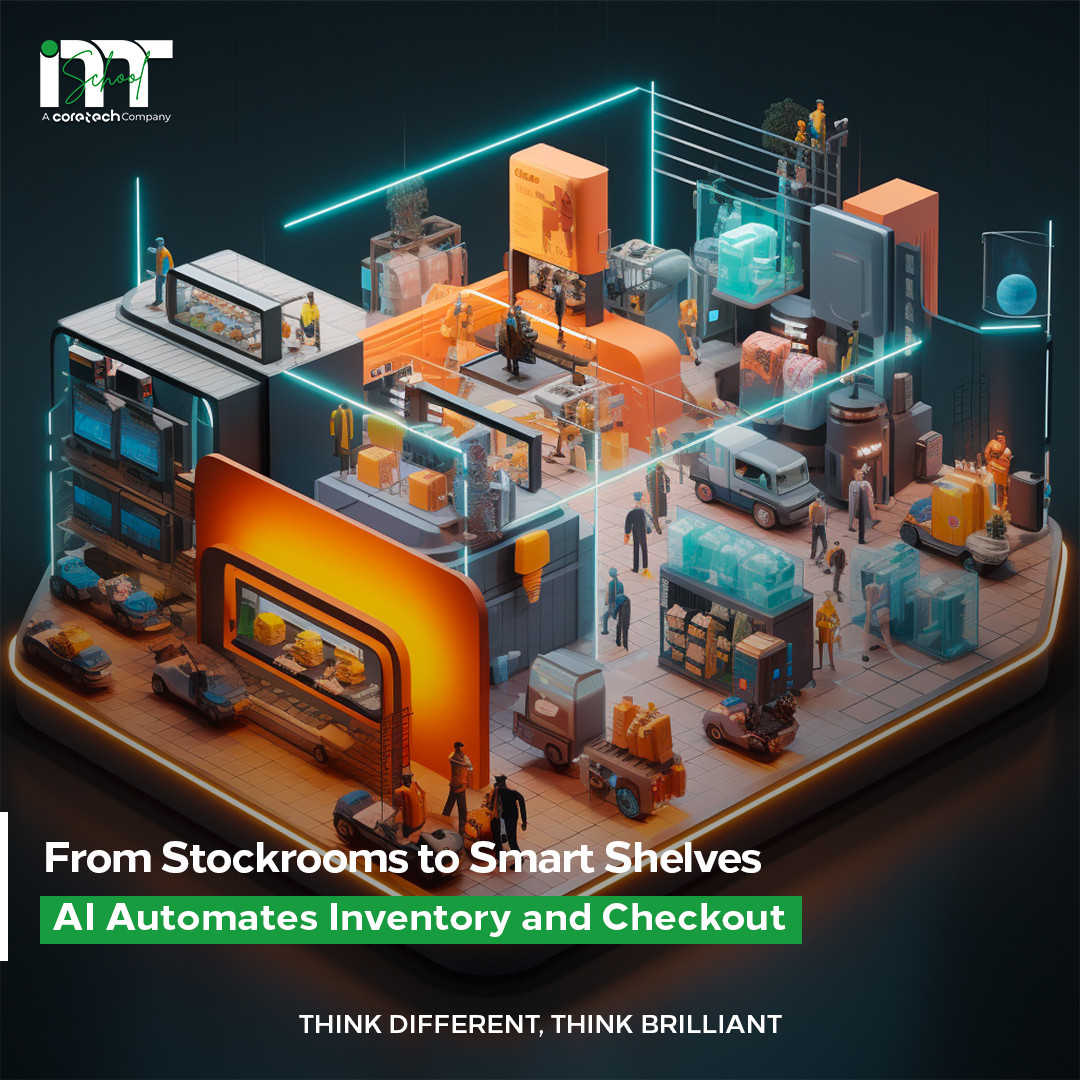
Analog-to-Digital Converter (ADC)
🌟🔢 Meet the unsung hero of Embedded Systems: the Analog-to-Digital Converter (ADC)! 🎛️🔌
In a world where most real-life signals are analog, and digital technology reigns supreme, the ADC is the essential bridge between these two realms. ADCs play a crucial role in embedded systems, converting continuous analog signals (such as temperature, light intensity, or pressure) into digital data that can be processed and understood by microcontrollers or microprocessors. 🌡️🌅
The magic of ADCs lies in their ability to measure real-world phenomena and transform them into a format that our digital devices can interpret and act upon. From smart thermostats to wearable fitness trackers, ADCs are the unsung heroes enabling these devices to sense and respond to their environment. 🌍🤖
Embedded systems often employ various ADC architectures, such as:
1️⃣ Successive Approximation Register (SAR) ADCs
2️⃣ Sigma-Delta (ΣΔ) ADCs
3️⃣ Flash ADCs
Each type has its strengths and trade-offs, making them suitable for specific applications and design requirements. ⚖️🧩
ADCs are also characterized by parameters like resolution, sampling rate, and accuracy, which dictate their performance and suitability for different tasks. It's essential to choose the right ADC for your project, considering these factors to ensure the best possible results. 🔍📈
So, the next time you marvel at the capabilities of your smart devices, spare a thought for the humble ADC, tirelessly converting the analog world into digital data for our modern gadgets. 🌉💡





